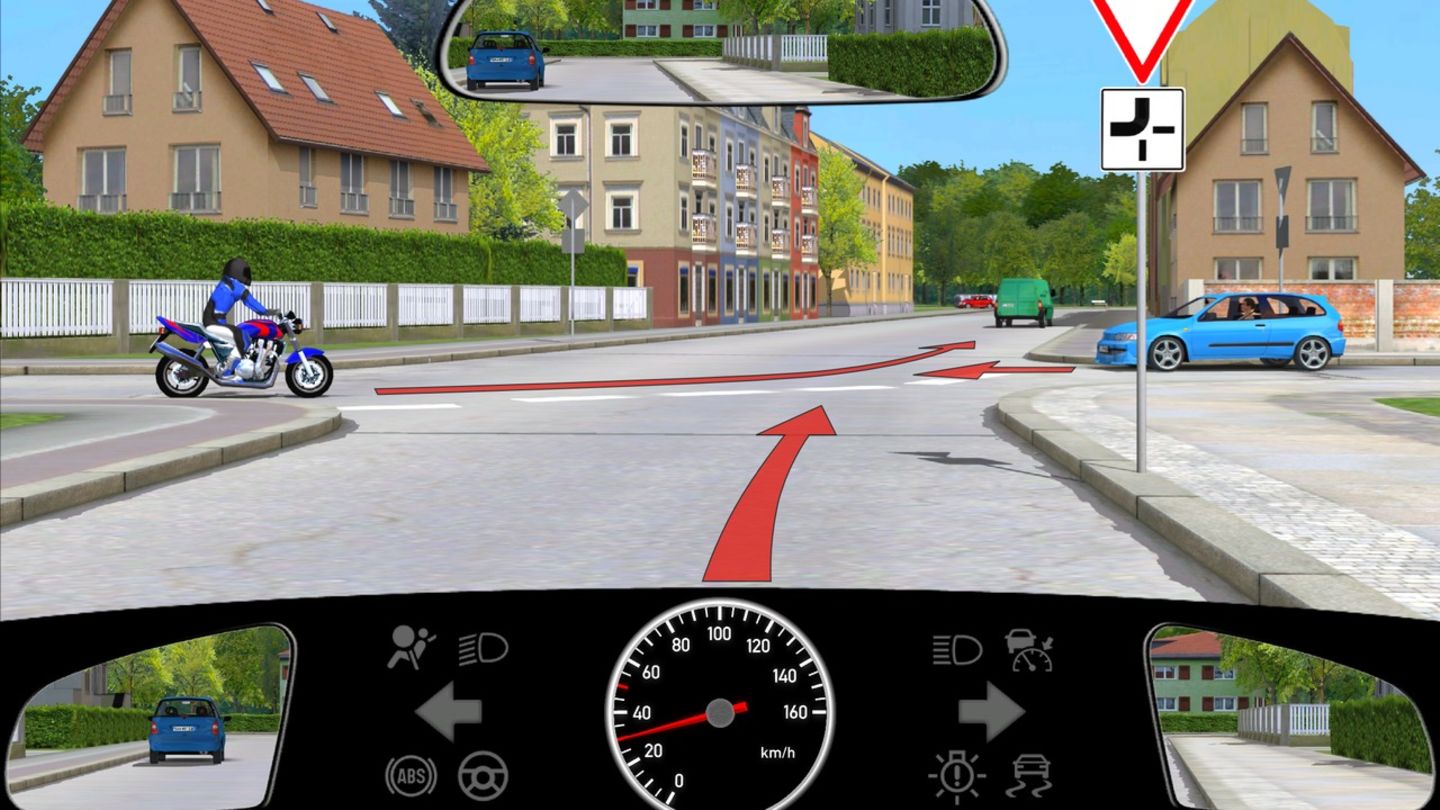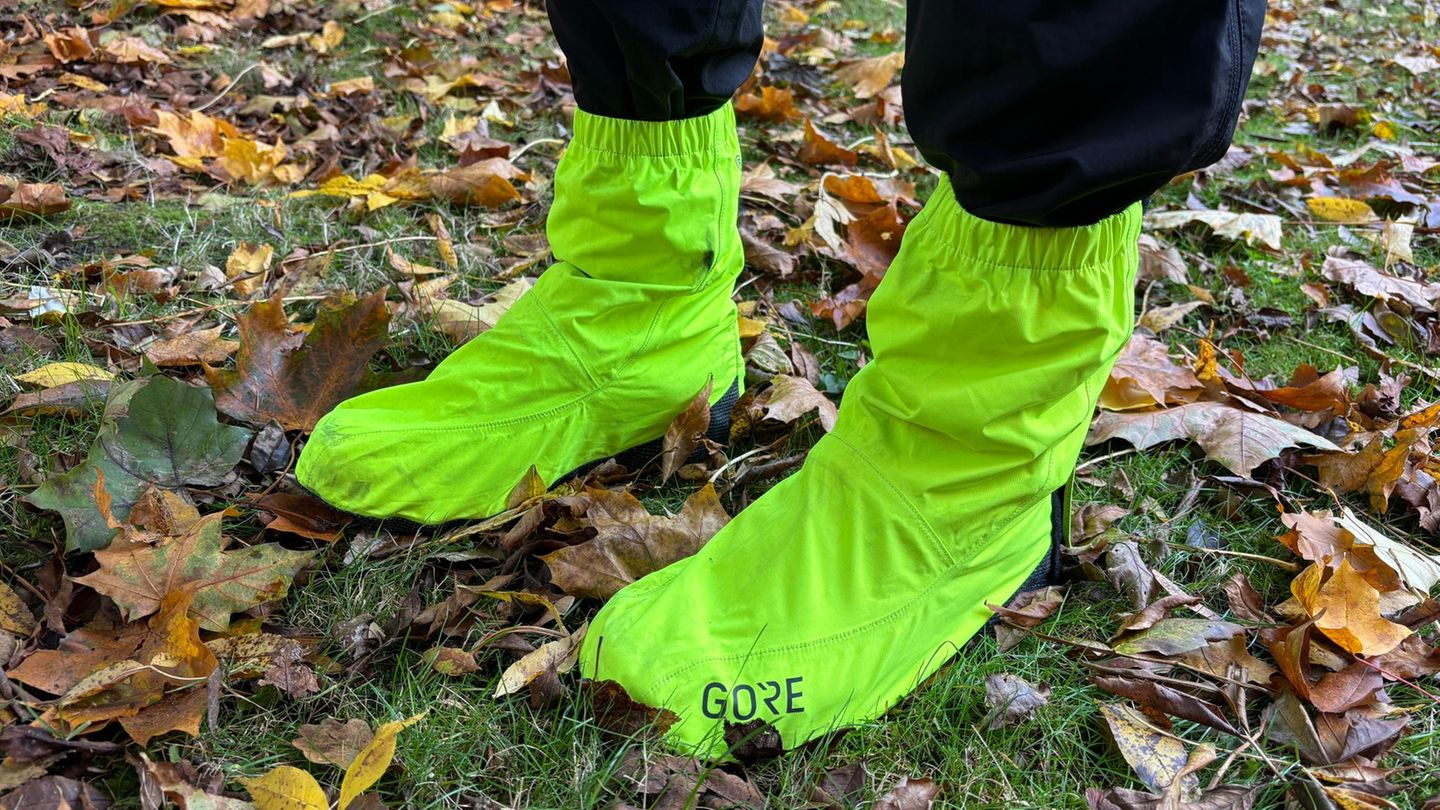Thus, the thermal stresswhen the body cannot cool down, is the leading climate-related cause of death in the European region. It should be noted that the extreme temperatures can also aggravate chronic diseasessuch as cardiovascular, respiratory and cerebrovascular, and those related to diabetes.
The European Region has just come out of the hottest summer and hottest August ever recorded, according to the Copernicus Climate Change Service of the European Union.
“Besides the high temperatureswe have fought against devastating forest fires throughout the Region what caused highest carbon emissions since 2007They polluted our air they killed many people -including, in many cases, the first-line responders in the emergency services-, displaced many more and destroyed large tracts of land for several years”, affirm from the sanitary organism of the United Nations.
Deaths from heat waves could be many more in Europe
This estimate is expected to rise as more countries report excess heat deaths. For example, him National Institute of Statistics and Economic Studies (INSEE) of France reported that Between June 1 and August 22, 2022, more than 11,000 more people died than in the same period in 2019the last year before the pandemic COVID-19.
INSEE suggested that these figures “are probably explained by the heat wave that occurred in mid-Julyafter an initial heat wave episode as early as mid-June”.
Temperatures in Europe rose considerably during the period 1961-2021, at an average rate of about 0.5 °C per decade. This is the fastest growing region.according to a report presented this week by the World Meteorological Organization (WMO). Extreme temperatures were the cause of more than 148,000 deaths in the European region in the previous 50 years. In just one year since then, at least another 15,000 lives have been lost.
image.png
In 2021, high-impact weather and climate events caused hundreds of deaths and directly affected more than half a million people. About 84 percent of these events were floods or storms.
“These health impacts What people are now experiencing with a 1.1°C increase in global average temperature are just a sample of what we can expect if the temperature rises 2°C or more compared to pre-industrial levels. should sound the alarm about our future under a changing climate,” they add.
Source: Ambito
David William is a talented author who has made a name for himself in the world of writing. He is a professional author who writes on a wide range of topics, from general interest to opinion news. David is currently working as a writer at 24 hours worlds where he brings his unique perspective and in-depth research to his articles, making them both informative and engaging.




